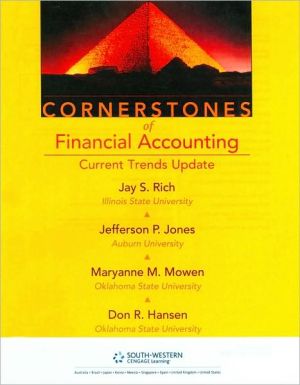ACTIVITY-BASED COSTING, DISTORTED PRODUCT COSTS Sharp Paper Inc. has three paper mills, one of which is located
Question:
ACTIVITY-BASED COSTING, DISTORTED PRODUCT COSTS Sharp Paper Inc. has three paper mills, one of which is located in Memphis, Tennessee. The Memphis mill produces 300 different types of coated and uncoated specialty printing papers. This large variety of products was the result of a full-line marketing strategy adopted by Sharp’s management. Management was convinced that the value of variety more than offset the extra costs of the increased complexity.
During 2008, the Memphis mill produced 120,000 tons of coated paper and 80,000 tons of uncoated paper. Of the 200,000 tons produced, 180,000 were sold.
Sixty products account for 80 percent of the tons sold. Thus, 240 products are classified as low-volume products.
Lightweight lime hopsack in cartons (LLHC) is one of the low-volume products.
LLHC is produced in rolls, converted into sheets of paper, and then sold in cartons.
In 2006, the cost to produce and sell one ton of LLHC was as follows:
Direct materials:
Furnish (3 different pulps) 2,225 pounds $ 450 Additives (11 different items) 200 pounds 500 Tub size 75 pounds 10 Recycled scrap paper (296 pounds) (20)
Total direct materials $ 940 Direct labor Overhead:
$ 450 Paper machine ($100 per ton 3 2,500 pounds) $ 125 Finishing machine ($120 per ton 3 2,500 pounds) 150 Total overhead $ 275 Shipping and warehousing $ 30 Total manufacturing and selling cost $1,695 Overhead is applied by using a two-stage process. First, overhead is allocated to the paper and finishing machines by using the direct method of allocation with carefully selected cost drivers. Second, the overhead assigned to each machine is divided by the budgeted tons of output. These rates are then multiplied by the number of pounds required to produce one good ton.
In 2008, LLHC sold for $2,400 per ton, making it one of the most profitable products. A similar examination of some of the other low-volume products revealed that they also had very respectable profit margins. Unfortunately, the performance of the high volume products was less impressive, with many showing losses or very low profit margins. This situation led Ryan Chesser to call a meeting with his marketing vice president, Jennifer Woodruff, and his controller, Kaylin Penn.
Required:
. Identify the flaws associated with the current method of assigning shipping and warehousing costs to Sharp’s products.
. Compute the shipping and warehousing cost per ton of LLHC sold by using the new method suggested by Jennifer and Kaylin.
. Using the new costs computed in Requirement 2, compute the profit per ton of LLHC. Compare this with the profit per ton computed by using the old method.
Do you think that this same effect would be realized for other low-volume products?
Explain.
. Comment on Ryan’s proposal to drop some high-volume products and place more emphasis on low-volume products. Discuss the role of the accounting system in supporting this type of decision making.
. After receiving the analysis of LLHC, Ryan decided to expand the analysis to all products. He also had Kaylin reevaluate the way in which mill overhead was assigned to products. After the restructuring was completed, Ryan took the following actions:
(a) the prices of most low-volume products were increased,
(b) the prices of several high-volume products were decreased, and
(c) some low-volume products were dropped. Explain why his strategy changed so dramatically.
Case
Step by Step Answer:

Cornerstones Of Financial Accounting Current Trends Update
ISBN: 9781111527952
1st Edition
Authors: Jay Rich , Jeff Jones, Maryanne Mowen , Don Hansen





